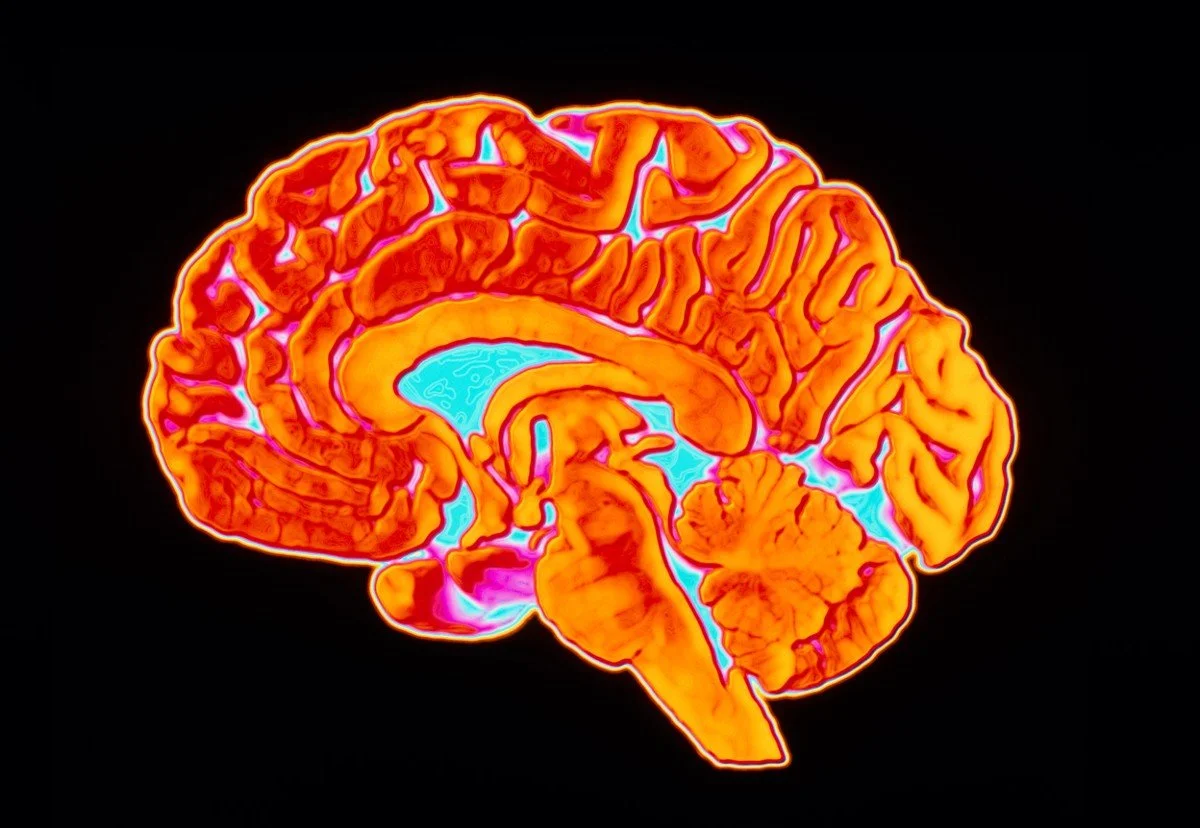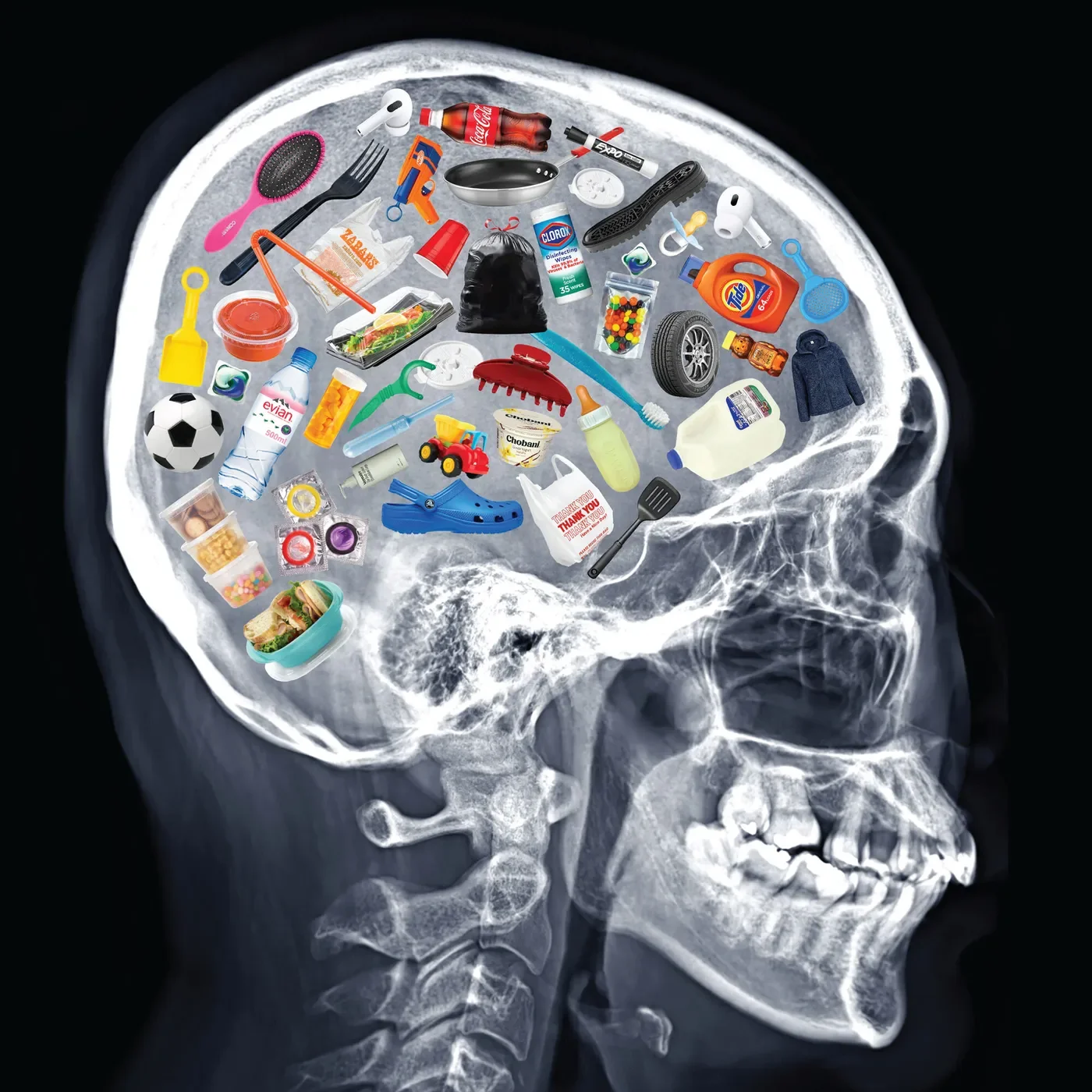PART 2 - Neuroinflammation & Toxins: What You Didn’t Know Your Brain Was Battling
Part 2: Toxic Triggers That Fuel Brain Inflammation
If you’ve ever felt foggy, unfocused, or emotionally drained for “no reason,” you’re not imagining it. Many people are living with neuroinflammation — low-grade inflammation in the brain that quietly affects mood, energy, and focus.
In Part 1, we explored what neuroinflammation is and how it develops. Now let’s look at what’s causing it — the toxic triggers hiding in everyday life — and how to start identifying and testing for them.
How Toxins Ignite Inflammation in the Brain
Your brain is beautifully complex — but it’s also delicate. Its defense system (the blood–brain barrier) can only handle so much before it starts letting in harmful molecules that create oxidative stress and immune overactivation.
Here’s what happens inside:
Toxins trigger oxidative stress → free radicals damage brain cells.
Mitochondria (your cell’s energy factories) struggle, leading to fatigue and “brain fog.”
Microglia (your brain’s immune cells) go on defense mode, releasing inflammatory chemicals.
The blood–brain barrier weakens, allowing more toxins and immune molecules to sneak in.
The result? A cycle of inflammation that affects memory, focus, hormones, and even emotions.
The Big Five Toxic Triggers
1. Heavy Metals (Mercury, Lead, Aluminum, Arsenic)
Where they come from: Old pipes, dental fillings, contaminated fish, aluminum cookware, and polluted air.
Why they matter: Metals accumulate in the brain and nervous system, generating oxidative stress and damaging mitochondria.
What research shows: Studies link chronic low-level exposure to higher risks of cognitive decline, anxiety, and neurodevelopmental disorders.
Detox tip: Eat selenium-rich foods (like Brazil nuts) and support your body’s natural detox with a variety of natural foods (eat the rainbow) and getting in all your nutrients.
HEAVY METALS
2. Microplastics & Plasticizers (BPA, Phthalates)
Where they come from: Plastic containers, bottled water, food packaging, beauty products, and dust.
Why they matter: These compounds act as endocrine disruptors, meaning they mimic or block hormones, especially estrogen and thyroid hormones.
In the brain: Plastic particles have been found in human brain tissue and are known to increase inflammation and disrupt communication between brain cells.
What helps: Store food in glass or stainless steel, and choose personal care products labeled “phthalate-free” and “fragrance-free.”
3. Pesticides & Herbicides
Where they come from: Conventional produce, lawns, golf courses, and household bug sprays.
Why they matter: Many pesticides cross the blood–brain barrier and interfere with neurotransmitters like dopamine and acetylcholine.
Linked conditions: Parkinson’s, ADHD, and cognitive decline are all associated with long-term pesticide exposure.
How to lower exposure: Buy organic for the “Dirty Dozen,” wash produce well, and skip synthetic lawn sprays.
4. Air Pollution (Indoor + Outdoor)
What it includes: Fine particles (PM2.5), exhaust, wildfire smoke, and even indoor dust and mold spores.
Why it matters: Inhaled particles can reach the brain via the olfactory nerve and trigger chronic inflammation.
What studies show: Air pollution exposure has been linked to increased risk of dementia, anxiety, depression, and ADHD.
Protective actions: Use a HEPA air purifier at home, open windows when outdoor air quality is good, and use houseplants that naturally filter air (like peace lilies or snake plants).
PEACE LILY
5. Endocrine Disruptors
Common sources: Fragrances, cleaning supplies, plastics, receipts, cosmetics, and even tap water.
Why they matter: These chemicals mimic hormones, throwing off thyroid function, metabolism, and reproductive hormones — all of which affect brain chemistry and mood.
Simple swaps: Use glass over plastic, switch to clean beauty, and say no to scented candles, air fresheners, and dryer sheets (they’re some of the worst offenders).
Biomarkers & Testing for Neuroinflammation
If you suspect chronic inflammation is affecting your brain, functional labs can help uncover the root causes.
Common markers and panels include:
hs-CRP (high-sensitivity C-reactive protein): General inflammation marker.
Cytokine panels (IL-6, TNF-alpha, IL-1β): Detect neuroinflammatory activity.
Homocysteine: High levels correlate with oxidative stress and brain inflammation.
LPS antibodies: Indicate leaky gut / endotoxin exposure that can affect the brain.
Neurotransmitter or Organic Acids Tests (OAT): Can show oxidative stress, mitochondrial strain, and detox burden.
You can request these through many functional medicine providers or specialty labs.
Your brain’s inflammation isn’t just a “brain issue.” It’s the mirror of your environment — from what’s in your food and air to what’s in your cleaning products and skincare.
The goal is never to live in fear of toxins — it’s to become aware, empowered, and proactive. By lowering your toxic load and supporting your body’s natural detox systems, you give your brain the breathing room to heal, repair, and thrive.
Stay tuned for Part 3: Healing the Inflamed Brain — Natural Detox & Rebalance Strategies, where we’ll cover how to calm brain inflammation through nutrition, herbs, and daily habits.
References:
Costa LG, et al. “Neurotoxicity of environmental agents.” Current Opinion in Neurology (2023).
Heusinkveld HJ, et al. “Mechanisms underlying neurotoxicity of airborne particulate matter.” Toxicology (2022).
Li Y, et al. “Microplastic exposure and neurotoxicity: oxidative stress and inflammation mechanisms.” Environmental Research (2023).
Slotkin TA. “Developmental neurotoxicity of pesticides.” Toxicology and Applied Pharmacology (2020).
Patel CJ, et al. “Endocrine disruptors and neurodevelopment.” Frontiers in Neuroendocrinology (2023).
Xu F, et al. “Heavy metal exposure and neuroinflammation.” Frontiers in Molecular Neuroscience (2022).




